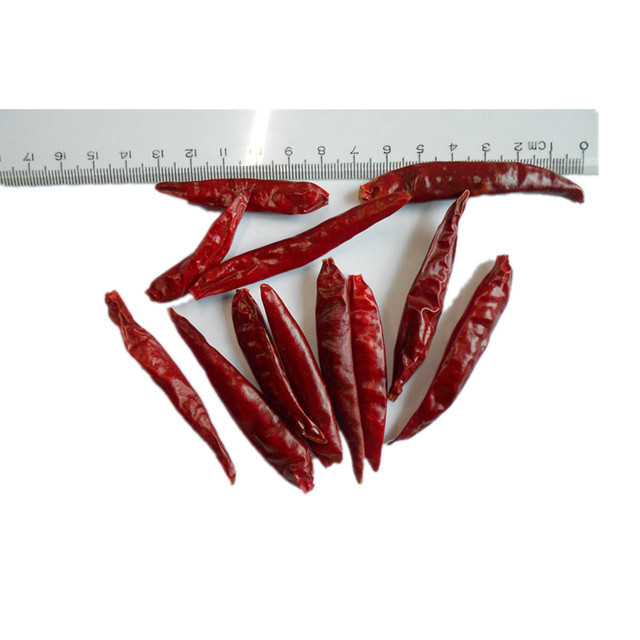Dec . 12, 2024 09:21 Back to list
dried chilli types manufacturers
Exploring Different Types of Dried Chilli and Their Manufacturers
Dried chillies have been a staple in cuisines around the globe for centuries. Known for their potent flavors and varying degrees of heat, these little powerhouses can transform a dish from bland to extraordinary. With a surge in demand for exotic spices and the growing culinary interest in international cuisines, the market for dried chillies has expanded remarkably. Manufacturers worldwide are now focusing on diverse varieties of dried chillies, each offering unique flavors, colors, and heat levels.
Types of Dried Chilli
1. Ancho Chilli Originating from Mexico, Ancho chillies are actually dried poblano peppers. They are known for their mild heat and sweet, smoky flavor. Often used in mole sauces and enchiladas, Ancho chillies are a favorite for creating rich, complex dishes.
2. Chipotle Chilli Another Mexican variety, Chipotle chillies are dried and smoked jalapeños. Their distinctive spicy-sweet flavor profile makes them a popular choice in salsas and sauces. They bring a robust smokiness that can enhance any recipe, especially in barbecue sauces or marinades.
3. Cayenne Pepper Known for its fiery heat, cayenne pepper is made from various hot chillies and is typically ground into a fine powder. It is often used to add heat to dishes without overwhelming other flavors. From seasoning soups to spicing up meats, cayenne is versatile and widely used.
4. Arbol Chilli Being more pungent than Ancho, Arbol chillies have a bright, grassy flavor and a heat level that can pack a punch. They are often used in chili sauces and can be found dried or ground into powder. Their vibrant red color also makes them a beautiful addition to dishes.
5. Kashmiri Chilli Renowned for its vibrant red color and mild heat, Kashmiri chilli is a staple in Indian cooking. It is often used to give color to curries and dishes without adding too much spice. The distinct, rich flavor of Kashmiri chilli is essential in various traditional recipes.
dried chilli types manufacturers

The Role of Manufacturers
The journey of dried chillies from farm to table involves an intricate process managed by specialized manufacturers. These companies source chillies from reliable farmers, ensuring the highest quality standards. The process often includes careful drying methods to preserve the flavors and nutritional value of the peppers.
Leading manufacturers are now employing innovative techniques to enhance the production process. This may include adjusting drying times and temperatures to retain the natural color and flavor, or employing organic farming practices to cater to the rising demand for organic products. Some manufacturers also specialize in single-origin peppers, allowing consumers to trace the origin of their spices back to specific regions.
Global Impact
The international market for dried chillies has created opportunities for farmers and producers worldwide. Countries like India, Mexico, and China have become key players in the dried chilli industry, exporting various types to meet global culinary demands. This global trade not only boosts local economies but also allows chefs and home cooks to experiment with flavors from different cultures.
Additionally, awareness regarding health benefits associated with chillies, such as their role in boosting metabolism and enhancing flavor without added salt, has further solidified their place in modern kitchens.
Conclusion
With an extensive range of dried chilli types available, each offering unique flavors and heat levels, manufacturers are more crucial than ever in the supply chain. Their commitment to quality and sustainability ensures that culinary enthusiasts have access to top-notch dried chillies. As global tastes continue to evolve, the world of dried chillies will remain dynamic and exciting, inviting more people to explore their diverse flavors and cooking applications. Whether you are a professional chef or a home cook, incorporating various dried chillies into your cooking can unlock a world of flavor!

